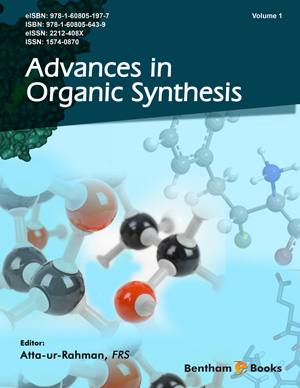Abstract
The 21st century has seen tremendous industrialization in many countries
worldwide, making environmental protection and energy conversion important issues.
As such, investigations on the decomposition of dye molecules in water for
environmental protection and clean energy construction are challenging yet impressive.
It is still difficult to create a photocatalyst with a sensible design that is affordable and
extremely effective for degrading organic dye contaminants. Our work showcases an
incredibly effective “interfacial connection and suitable band gap matching” method to
create nano-architecture hybrid catalysts based on Transition metal dichalcogenides
(TMDs) built using hydrothermal processes. With its large surface area, colossal
energetic sites, and interfacial charge assignment, the TMDs-based nano-hybrid
catalyst significantly enhances the catalytic degradation of dye pollutants. This
demonstration could provide a new hybrid catalyst that degrades dye molecules more
effectively and sustainably when exposed to visible light. Lastly, certain
recommendations are emphasized for advancing hybrid catalysts based on transition
metal dichalcogenides in the future.
Keywords: Dye degradation, Interfacial connection, Nano-architecture, Suitable band gap matching, Transition metal dichalcogenide.






















